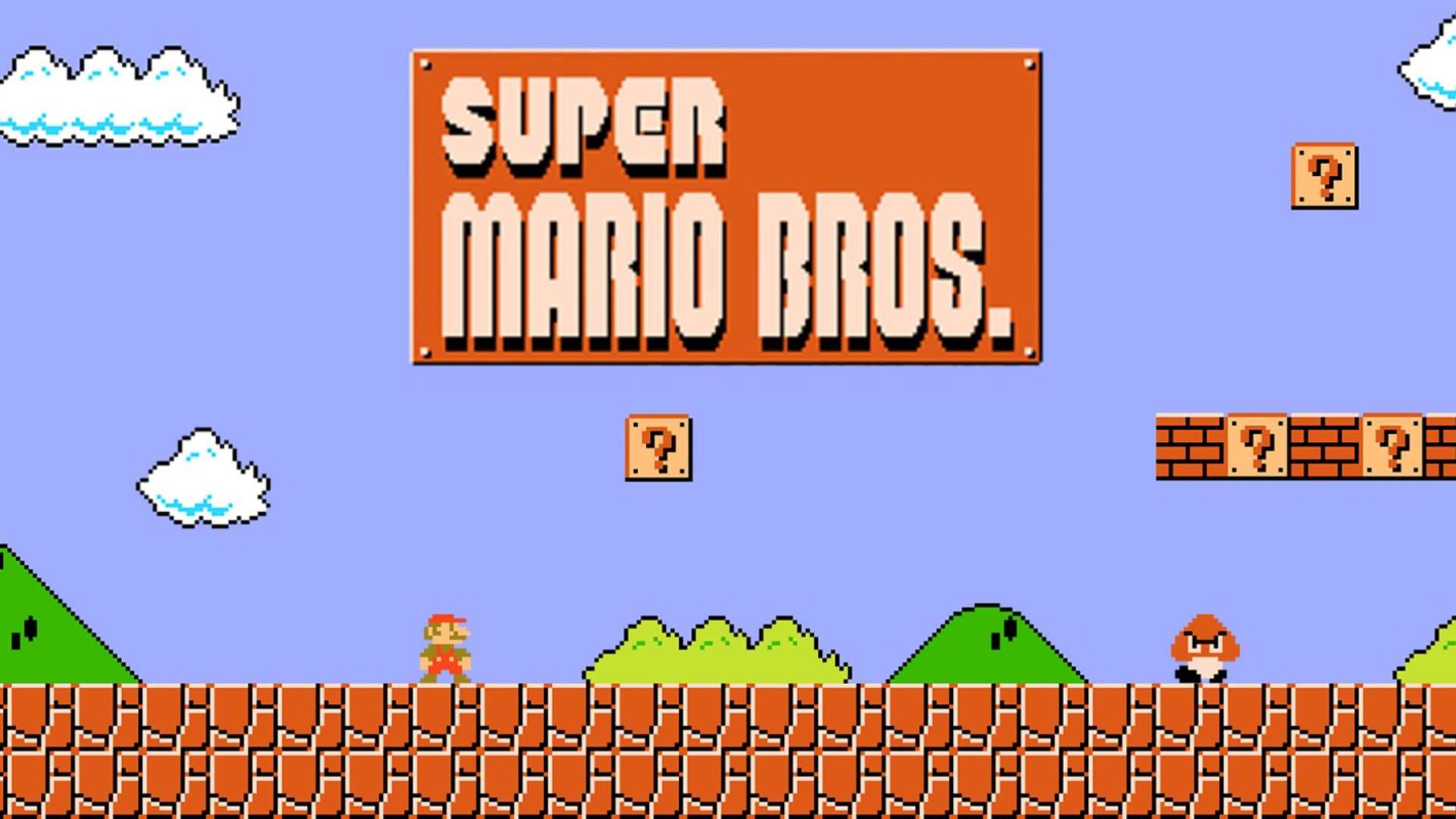Story Highlights
- The video game revolution brought home consoles into the mainstream. Games back then had the simple goal of making a good, functional product in order to make money.
- During the seventh generation, we began to see an increase in monetization and other practices that have persisted ever since. Accelerating these to their end is the fastest way to conclude them.
- Excessive exposure and hype marketing can be a double-edged sword with several adverse effects.
- With the variety of technology and the rate at which it’s advancing, the future of gaming has myriad possibilities. These may include even more monetary elements and questionable practices.
With the advent of home consoles in the late 20th century, gaming became more accessible and convenient. Titles like The Legend of Zelda, Tomb Raider, and Super Mario Bros arrived on the scene and the space began to grow.
The end of the 20th century saw some iconic hardware releases that would form the groundwork of modern gaming. Consoles like Super NES, Nintendo 64, PlayStation, and Dreamcast landed in the market bringing more variety and competition.
Gaming as a whole has evolved so much over the decades that it’s often a joy to explore its rather humble beginnings.
However, there’s more to it than just nostalgia. A lot of it ties to the state of modern gaming and the direction it’s taking. Not all’s doom and gloom but the landscape is definitely in a relatively worse position than it used to be. But in an age with advanced technology and resources, why is this the case?

From The Past
Games back in the day had a very straightforward goal to achieve compared to what we see in modern gaming. The product was supposed to be as good as it possibly could since you couldn’t really “ship it now, fix it later.” Bugs & glitches have always existed but the significance of shipping out a functional product was greater.
This was simply because of the money-making aspect. The goal of video games has always been to make money but back then, you had to make good games to make money.
To this day, many people including myself have fond memories of playing titles like Pokemon Red and Blue, Super Mario Bros., or Neversoft’s Spider-Man to name a few.

While gaming has been around since the days of the arcades, it started to rise in prominence around this time. People who grew up during this era have seen the medium go from its start line to possibly the highest point in its life. This even includes its highs and lows, things that we’ve begun to see in the last decade or so.
Classic games used to overflow with a certain charm. Developers were injecting their creativity into their projects and at the origin of it was their passion. This led to a market filled with games; not all of them were good but you could see where that game came from and what it tried to do.
The Golden Era Of Gaming
The dawn of the 21st century brought with it a new generation of hardware. PlayStation 2, Gamecube, and Xbox are fondly remembered to this day. While everything in life has flaws, the positives of this generation overwhelmed the negatives.

I’m sure you all know that PlayStation 2 achieved a huge milestone and for good reason. That generation saw the greatest variety in games and one can argue that it was the most creative too. Not only that, the PS2 was highly impressive from a hardware standpoint as well.
God of War, Metal Gear Solid 2 & 3, ICO, Shadow of The Colossus, Dragon Ball Z: Budokai & Tenkaichi games, NFS Underground & Most Wanted, Resident Evil 4 that has aged like fine wine. Final Fantasy X, GTA: San Andreas, Devil May Cry, Ultimate Spider-Man and so much more—the library was massive.
I could go on for ages but the games during this era were brimming with creativity, passion, and the fun factor. Developers were unshackled and they gave it their all to make a good game. But it was in the first decade of the 21st century that we began to see patterns emerge.
This ball would begin to roll in the next generation of video game consoles.
The Seventh Generation & Dark Patterns
In my opinion, the greatest leap in modern gaming technology occurred between the 5th and 7th console generations. It was during this time that companies began to realize that there are other ways to rake in the cash.
Starting from Maplestory’s gacha systems and FIFA’s Ultimate Team, corporates picked up on this structure and we began to see microtransactions, and legal gambling in the forms of gachas, DLC, and much more. This was just another way to make money via video games.
Youtuber Josh Strife Hayes deep dives into the history and how this came to be in one of his videos. As I said earlier, the goal had always been to make money. It’s that newer and easier ways were discovered that had an impact on the medium as a whole. Effects that we are now seeing at their fullest in modern gaming.

With the rise of mobile gaming in the early 2010s, gacha games got a whole new meaning. Games like Brave Frontier, Seven Knights, Dokkan Battle, Bleach: Brave Souls, and Fate/Grand Order started to grow and were topping charts on App Store and Google Play.
Incentivizing the act of spending tons of money to summon in-game JPEGs that you can use in a minor gameplay capacity was the easy money maker. There’s something called Dark Patterns and they’ve existed in games for a very long time.
You may remember how Epic Games recently found itself in hot water for Dark Pattern practices in Fortnite. You can review FTC’s official complaint regarding the case. SomeOrdinaryGamers covered the topic and explained the repercussions of such practices in-depth.
Kids are highly impressionable and exposure can do a lot for them. Making them aware of the history of video games and teaching them about the pros and cons of modern practices can have certain benefits.
Such tactics are nothing new and this is something we should be aware of. Some countries have even taken action against loot boxes in light of their nature.

In The Present
With how far technology has advanced, it’s only natural that more issues have surfaced along with it. However, developers also have the means and know-how to address these issues during the development cycle. It’s also worth noting the impact of the recent pandemic and how it has affected the industry as well.
During these turbulent times, a lot of people got into gaming and we saw an increase in player numbers. It can be considered that this contributed to people exploring the retro side due to some elements of modern games.
Games today often fall prey to hype marketing and excessive exposure. On one hand, marketing is crucial to get the word out but what if the game being marketed seems underwhelming? An example of this is Square Enix‘s Forspoken.

While it looked gorgeous during the reveal as Project Athia, each subsequent reveal proved to be exceedingly underwhelming. The launch served as the final nail in the coffin. While the game itself wasn’t anything special, it’s apparently done well in Japan. This may serve as an incentive to improve the IP moving forward.
Another example would be CD Projekt Red‘s Cyberpunk 2077. After extensive marketing and promises pertaining to what the game would offer, the launch ended up being a disaster. Not because the game was bad, but because the performance was simply horrible. The game has since redeemed itself to a degree.
Such factors do have an impact on audience perception and ultimately, the performance of the product in the market. This ultimately leads to a gradual burnout due to each experience contributing to growing disappointment.
People often revisit classic titles due to this factor which is just one among many. After all, there’s a reason why NES Classic and SNES Classic sold well.
Hi-Fi Rush is a perfect example of how a game can excel if it checks out all the boxes. It’s not without flaws but it did almost everything right. The game found success despite being a shadow drop and reception was extremely positive.
The Future Of Modern Gaming
Modern gaming has a ton of untapped potential and it’s quite clear. With how fast technology is advancing, there’s no telling what the next innovation will be.
Back in the day, no one would have thought of Virtual Reality being commercially accessible. Yes, it’s a bit underwhelming but it’s got a promising future if companies know how to utilize it to the fullest. Plus, there’s been a resurgence as of late and developers have been putting out amazing experiences.
Capcom‘s Devil May Cry 5 which pulled in some big numbers, Monster Hunter: World, Monster Hunter Rise, and the Resident Evil remakes are an example. FromSoftware has continued to deliver challenging experiences. Elden Ring was a massive success and Armored Core VI is currently in development.
Team Ninja joined the fray with 2017’s Nioh and is set to launch Wo Long: Fallen Dynasty which is shaping up to be an amazing game. Ryu Ga Gotoku’s Like A Dragon: Ishin is another exciting launch this year that Yakuza fans are sure to enjoy.

Square Enix’s Final Fantasy VII Remake is another entry that proves the merits of adding a new spin to an existing classic. Crisis Core Final Fantasy VII Reunion also proved itself to be a great attempt at a remaster while pushing its limits.
We also have CD Projekt Red with their Witcher series and the upcoming remake of the original Witcher. Indie developers have also upped their game as we saw with Stray, Neon White, and 2016’s Aragami along with its sequel. All these factors combined present something positive and grand for the future of gaming as a whole.
Unsavory monetary practices along with corporate shenanigans and other factors may have had an effect but progress can’t be halted. With how gaming has evolved over the years, one can’t help but wonder about the possibilities it holds—possibilities we might one day see for ourselves.
Thanks! Do share your feedback with us. ⚡
How can we make this post better? Your help would be appreciated. ✍



